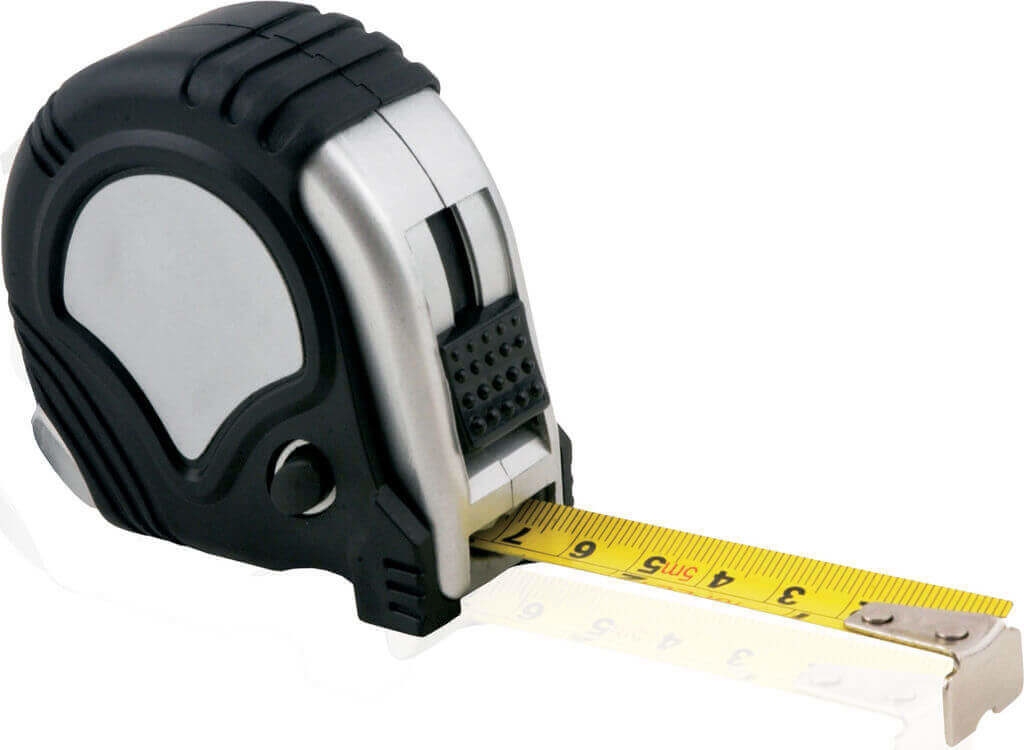A tape measure, also known as a measuring tape, is a type of ruler that is flexible. It is usually made of thin metal, cloth, plastic, or synthetic materials. Though very common, different types of materials are suitable for different applications. For example, cloth tape measures are more commonly used by seamstresses whereas construction workers prefer metal tape measures.
History
The Romans were the first who left any record of using length measuring devices. The Roman system involved a strip of leather marked with different increments, but this was similar to a normal ruler as opposed to a tape measure. The Romans were almost definitely not the first civilization to use a measuring tool, but they are just the earliest evidence we have.
As for the contemporary era, the spring tape measure was first attempted in 1868. A man living in the USA in Connecticut named Alvin J. Fellows filed for a patent for his spring tape measure. His device was flimsy and very rudimentary. It was not very functional nor was it very popular. In 1922, another inventor named Hiram Farrand patented his own spring tape measure. After perfecting the design, he began to mass produce the device. Later, the inventor and his company sold the patent to Stanley Works. Soon, the first Stanley tape measure was produced.
Varieties
The tape measures come in many different styles and materials based on their uses and the user’s needs. Tailors and seamstresses use cloth or sometimes plastic tape measures. They are mainly used for measuring inseams, waists, and busts. So the cloth measure needs to be able to mimic the drape of clothing somewhat. Also, cloth is not as likely to be uncomfortable if you are measuring an actual human being.
Sewing tape measures are typically fiberglass because fiberglass does not tear easily. If the seamstress accidently hits the tape measure while sewing, it will not pierce the measure. Also, it does not stretch and distort as easily under the pressure of bending and sewing with it.
Metal measures are typically used in construction and carpentry. These measures are typically composed of a stiff metallic ribbon that curves at the sides. This construction allows the ribbon to remain straight when extended so that measuring can be done at a distance. However, it coils back up into the body of the device when not in use. Construction tape measures are typically much longer than sewing or tailoring measures so they have to be able to recoil.
Novelties
In 1956, the longest tape measure was constructed. It was 600 feet (180 meters) long. The tape was gold plated as well. That same year, the Northern Virginia Surveyors Association presented the tape to American baseball player, Mickey Mantle.
For many construction workers as well as carpenters, novelty tape measures are very common. Oftentimes, businesses will award long time employees with gold or silver plated tape measures. These are typically functioning tape measures, but you probably do not want to use them for construction as they are not usually very resilient.

